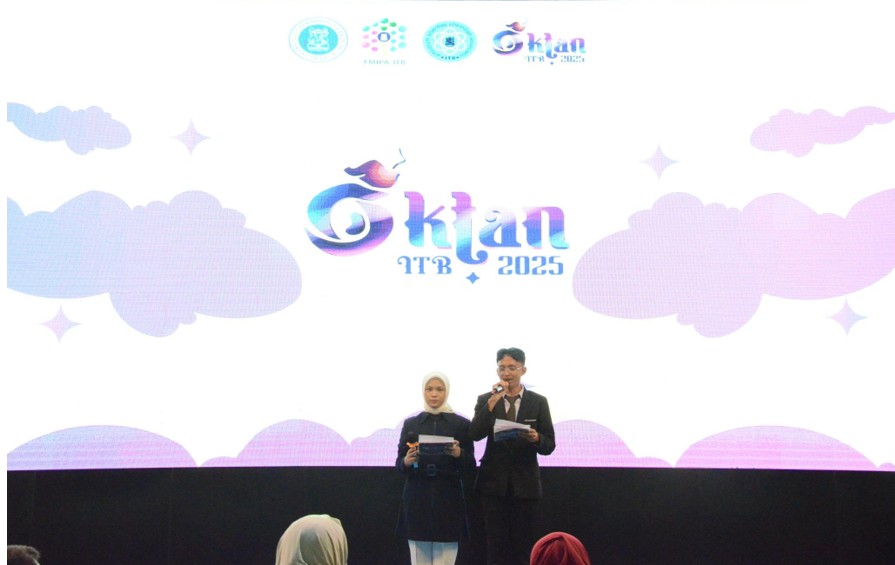A Team from Faculty of Arts and Design Introduces Guta Tamarin Batik Technique in Papua
By Adi Permana
Editor Adi Permana

BANDUNG, itb.ac.id—Indonesia is known for its various culture and arts. Behind its diversity, there are multitudes of stories and creative process that are interestingto learn.
Last April, the Faculty of Art and Design of ITB team organized a community service in Buti, Samkai, Merauke, Papua. The team aimed to arrange a batik making session using the guta tamarin technique. Dozens of students, as well as dropouts, participated in the activity funded by the LPPM (Institut of Research and Community Services) ITB.
Dr. Nuning Yanti Damayanti, Dipl.Art. from the Aesthetics and Arts Research Group of FAD ITB presented that the people in Papua are famous for their arts-and-crafts skills. The majority of women excel in knitting and weaving. They created statues, weapons, musical instruments, and more that gain worldwide recognition.
“Through this community service, we hope to add insight to the arts and boost local art goods while restoring Papua's economy during the pandemic," Dr. Nuning added, as quoted from Rekacipta ITB in Media Indonesia.
The Merauke people wove ribs of palm leaves into various products, such as the household tools of the Dani clan and wooden sculptures of the Asmat clan. The cultivation of the rare orchid flowers--which are plentiful in Papua--is also part of the region's creation. Body painting and tattoos are still prevalent in the region; due to this, most locals draw well.
The diversity of Merauke inspires the academic staff of ITB Visual Arts Program to incorporate Papua’s craftworks into fabrics/textiles production by teaching them the guta tamarin batik making technique using Papuan motifs on batik making. This fabric-coloring method is efficient, economical, environmentally friendly, and easy to learn. Implementing Papuan motifs on batik through the guta tamarin technique can speed up production compared to the traditional batik-making processes.
The Activities
Dr. Nining stated that the activity lasted for three days from 08.00 to 16.00 WIT. The first day is spent describing the five initial phases of fabric/textile production using the guta tamarin technique. The team first introduced the basic components required and the phases. Next, participants were assigned to draw objects unique to Papua on paper, such as birds of paradise, cassowaries, tifa (musical instrument), orchids, fishing gears, or nature itself. Participants then transferred the image of their chosen object on top of the fabric (40 x 60 cm for the shawl and 100 x 200 cm for the sinjang cloth).
After the image is transferred, the guta tamarin gel is rinsed on top of it. This phase is considered to be the hardest, but participants are enthusiastic to master the technique. The fabric is then dried until the gel is well-parched and attached, forming lines resembling dried wax found on batik tulis.
On the second day, participants were taught about the technique's dyeing stage. The seedlings that gave off color pigments are first diluted. Next, the pigments are applied to the image with a brush. Several approaches can be used to create various textures, such as adding salt and foam to the pigments. The fabric is then left to dry before it is ironed. The color will emerge bright and saturated. After that, the fabric is rewashed without soap, redried, and ironed once more.
Despite the few wet fabrics on the third day due to the heavy rain, the team was satisfied with the overall results. The participants can successfully create artworks even though they had just learned the guta tamarin technique. Thanks to the high excitement of participants, the ITB FSRD team is optimistic to plan for the next program so that participants can discover more crafting innovations.
Reporter: Pravito Septadenova Dwi Ananta (Teknik Geologi, 2019)
Translator: Ruth Nathania (Teknik Lingkungan, 2019)

.jpg)
.jpg)
.jpg)
.jpg)
.jpg)


